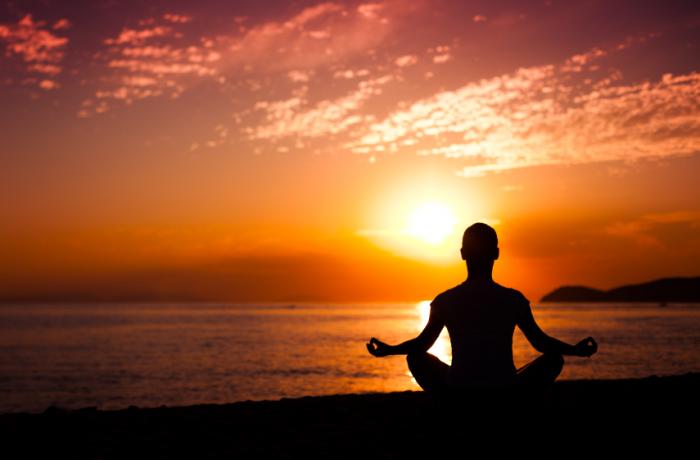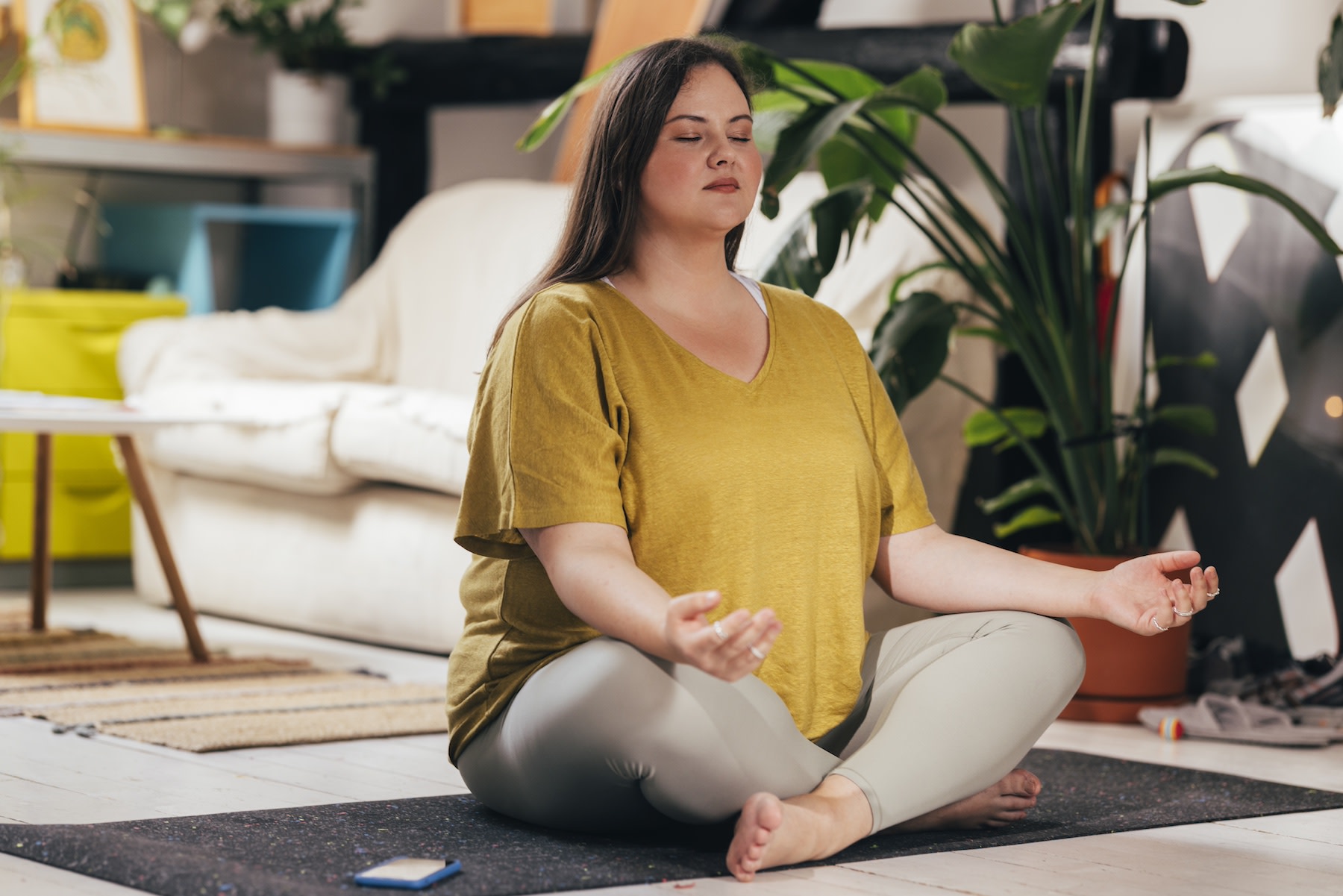Open Inner Peace: A Comprehensive Overview on How to Meditate?
Open Inner Peace: A Comprehensive Overview on How to Meditate?
Blog Article
Exactly How to Meditate: A Step-by-Step Method to Getting Mindfulness and Calmness
Reflection serves as a powerful tool for achieving mindfulness and emotional calmness in a fast-paced world. By recognizing the fundamental principles and strategies associated with reflection, people can grow a practice that boosts their overall health. This discussion will lay out vital actions, from creating a helpful atmosphere to incorporating meditation right into day-to-day routines. As we discover these elements, it comes to be clear that the journey to mindfulness is not just concerning the act of being in silence, but rather regarding promoting a much deeper connection with oneself and the world around us. What might this makeover entail?
Comprehending Meditation
Recognizing meditation includes grasping its fundamental principles and methods, which act as the structure for the practice. At its core, reflection is a psychological workout focused on promoting relaxation, building interior power, and creating compassion and understanding. The method encourages people to focus their focus, usually with methods such as deep breathing, visualization, or concept repeating.
Meditation can be classified right into different designs, including mindfulness, transcendental, and loving-kindness reflection, each with distinctive functions and techniques. Mindfulness meditation emphasizes present-moment awareness and non-judgmental observation of sensations and thoughts, while copyright involves the use of specific rules to go beyond regular thought procedures. Loving-kindness meditation concentrates on developing a mindset of love and empathy in the direction of oneself and others.
Despite the technique utilized, the primary goal remains constant: to cultivate a much deeper understanding of the mind and its patterns. This self-awareness cultivates emotional resilience, quality of idea, and an extensive feeling of calm (How to meditate?). By recognizing these concepts and methods, individuals lay the groundwork for an effective reflection method that can significantly boost their overall well-being
Planning For Your Method
Prior to starting your reflection practice, it is vital to produce a setting favorable to concentrate and leisure. Guarantee that the location is free and tidy of clutter, as a neat environment can help get rid of the mind.
Consider the lighting, as natural light can boost your mood and power. Soft, warm illumination is typically more soothing than severe fluorescent lights. In addition, select a comfy temperature level, making sure that you are neither too hot neither too chilly.
Integrating components that advertise harmony can better boost your experience. This may include soft cushions or blankets for convenience, as well as calming fragrances from important oils or incense. It can additionally be helpful to have actually a timer established for your reflection session to stop interruptions from clock-watching.
Fundamental Meditation Techniques

Another efficient strategy is body check reflection. This includes emotionally scanning your body from head to toe, observing any kind of areas of tension or discomfort and consciously kicking back those muscles. This practice fosters a deeper link between your mind and body.

Finally, loving-kindness meditation concentrates on cultivating concern in the direction of yourself and others. Silently repeat expressions of goodwill, boosting psychological well-being and interconnectedness. Each of these strategies functions as a foundation for your meditation trip, permitting you to find the technique that resonates finest with your individual technique.
Preserving Emphasis and Mindfulness

Establishing a committed meditation space can improve the ability to keep mindfulness. A silent, uncluttered setting decreases distractions, allowing for much deeper immersion in the practice. In addition, establishing a time limitation can help handle expectations; starting with much shorter sessions may relieve the shift into longer practices.
Making use of strategies such as body scanning or observing experiences can also bolster mindfulness. These methods motivate specialists to stay present and engaged with their physicality, anchoring their focus in the minute. Normal method is important; the mind constructs strength gradually, producing a stronger capability for focus.
Incorporating Meditation Into Day-to-day Live
Incorporating reflection right into day-to-day live can transform regular activities into opportunities for mindfulness and self-reflection. By incorporating mindfulness methods into typical tasks, individuals can grow a greater sense of visibility and serenity among the busyness of daily life.
Begin by identifying minutes throughout your day where you can practice and stop mindfulness. Even mundane activities like washing recipes or walking can become chances for meditation by routing your focus to the feelings of movement and the audios surrounding you.
In addition, alloting committed times for meditation can enhance its method. Begin with short sessions, slowly increasing period as you end up being much more comfy. Usage reminders or cues-- like a specific time click to read more of day or a relaxing noise-- to establish consistency.
Eventually, the goal is to weave mindfulness into the fabric of every day life, enabling you to come close to each minute with intention, thus boosting your general sense of wellness and quality.
Final Thought
To conclude, reliable meditation calls for a silent atmosphere, a comfortable setting, and a focus on the breath. read By permitting thoughts to develop without judgment and continually redirecting attention to the breath, practitioners can accomplish improved mindfulness and harmony. Integrating different strategies, such as body scanning and loving-kindness phrases, can further improve the practice. Regular reflection, also in short sessions, cultivates a much deeper connection to the here and now moment, inevitably resulting in higher calm and mental quality in life.
Meditation can be categorized right into different styles, including mindfulness, transcendental, and loving-kindness reflection, each with distinct functions and techniques. Mindfulness reflection highlights present-moment understanding and non-judgmental monitoring of sensations and thoughts, while copyright entails the usage of details mantras to transcend average idea procedures.With your meditation area prepared, it's time to explore different fundamental reflection methods that can help cultivate mindfulness and inner peace.Continually keeping focus and mindfulness during reflection can be difficult, especially for those brand-new to the technique.Developing a devoted reflection room can boost the capability to keep mindfulness.
Report this page